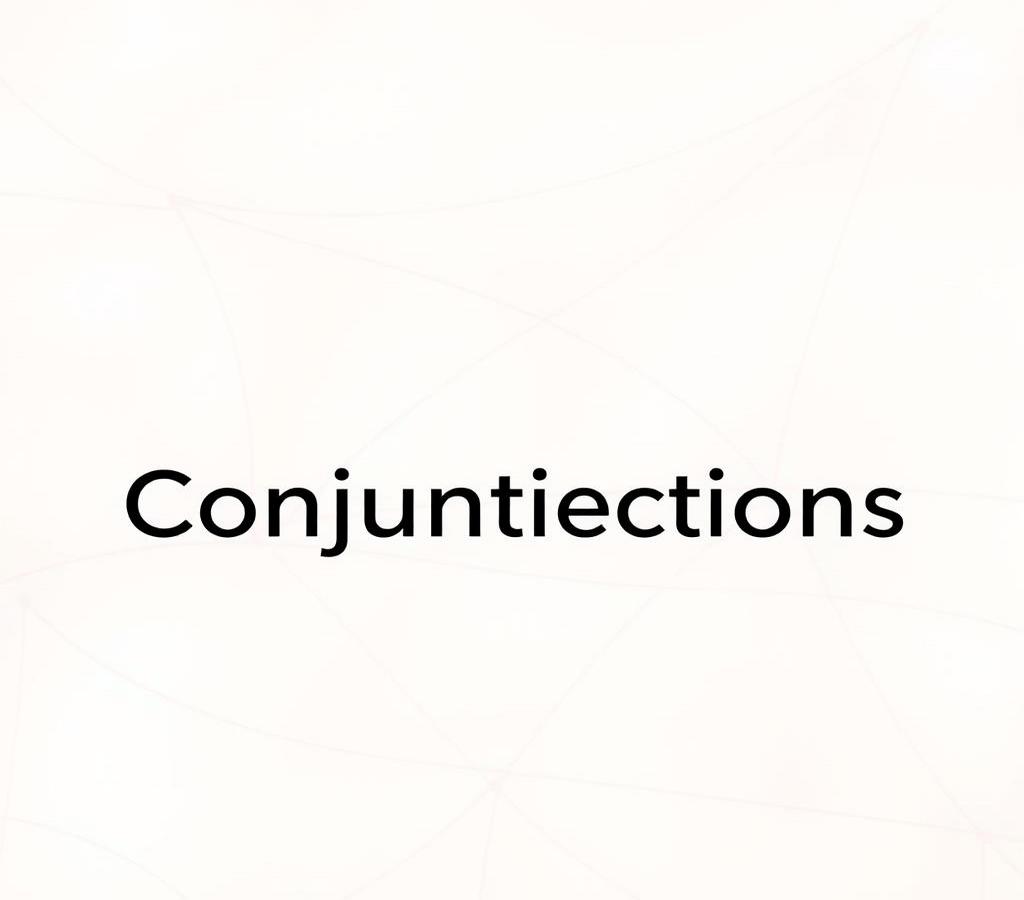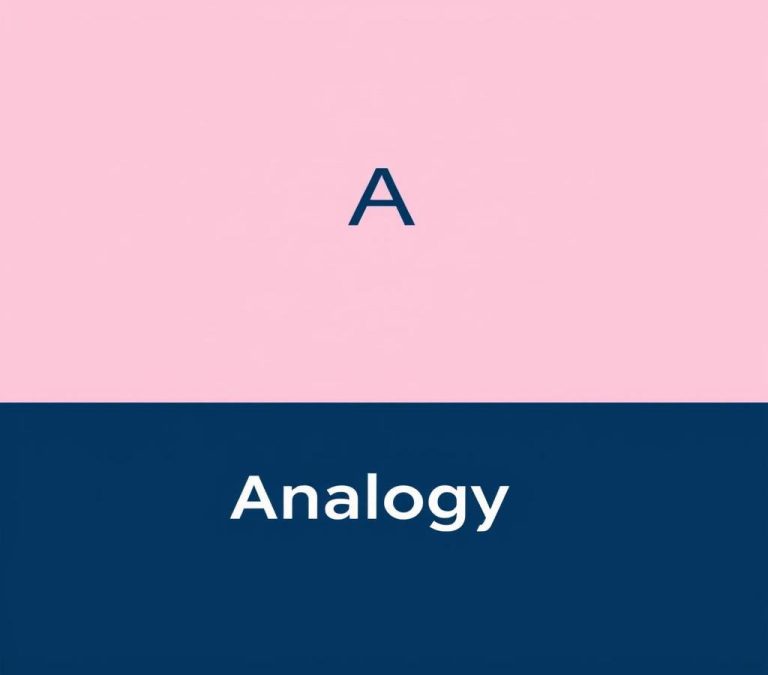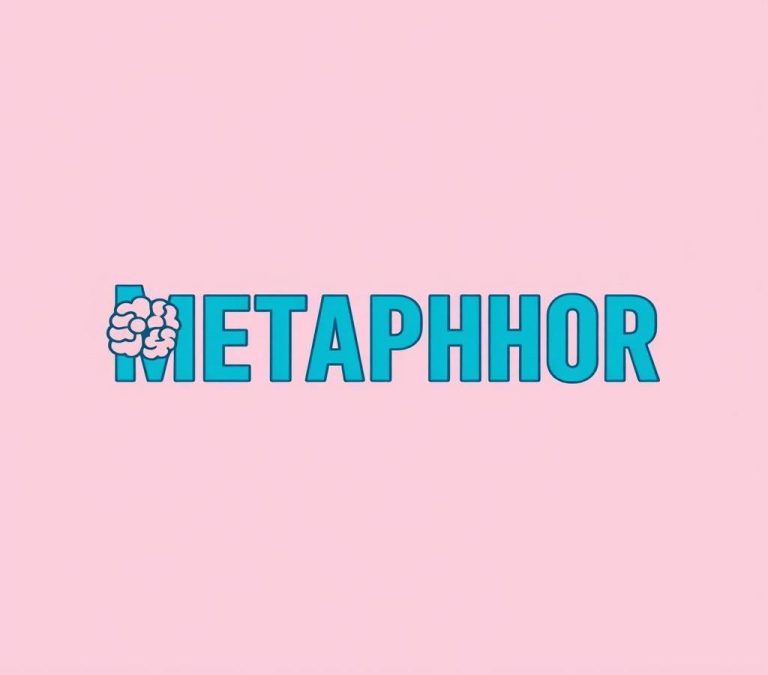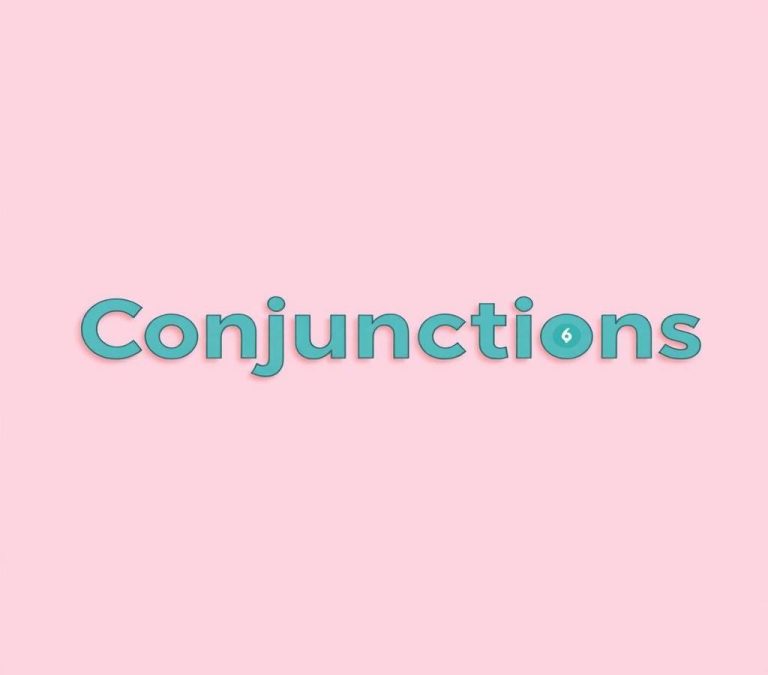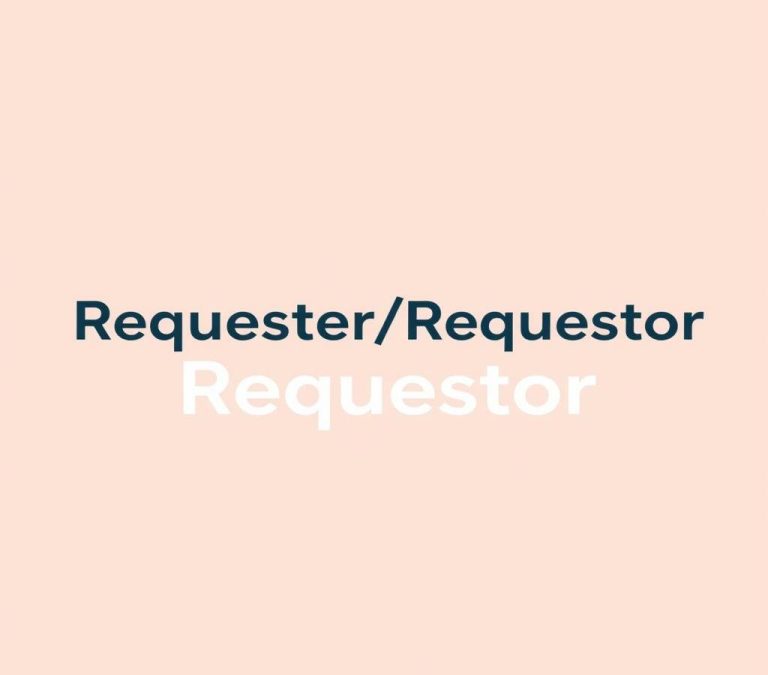Grammar Usage: And vs Or – Choosing the Right Conjunction
Choosing the right conjunction is essential for clear communication. The words “and” and “or” are two of the most common conjunctions we use in sentences. Each word serves a unique purpose in linking thoughts, actions, or ideas. While “and” brings things together, “or” offers options or choices. Using them correctly can affect the meaning of a sentence greatly. This article will explore when to use “and” versus “or” to ensure your writing is not only correct but also effective in conveying your intended message. Understanding this will improve both written and spoken communication.
Quick Answer
Use and when:
- Listing multiple items or actions.
- Connecting words, phrases, or clauses with a similar function.
- Showing addition, agreement, or a positive relationship.
Use or when:
- Presenting alternatives or options.
- Showing a choice between two possibilities.
- Indicating a contrast or a negative relationship.
Why There is Confusion
Conjunctions are words that connect phrases, clauses, or words, and while they seem simple, they can sometimes be confusing. Two of the most common conjunctions—”and” and “or”—often leave even native speakers in doubt about their precise use. This confusion arises primarily because both words are used in similar contexts to join items or ideas, but they convey different meanings. Additionally, since the misuse of these words can change the meaning of a sentence or statement, grasping their correct usage is essential for effective communication.
What Does “And” Mean?
“And” is a conjunction used to add or combine elements in a sentence. It signifies the presence of all the items or ideas mentioned. The use of “and” implies an inclusionary approach, suggesting that what follows is also part of the context previously mentioned. For example, in the phrase “apples and oranges,” the use of “and” means that apples and oranges are both included in the list. “And” is integral when the idea is to add and suggest completeness or entirety through the combined elements.
What Does “Or” Mean?
“Or” is a conjunction that indicates an alternative between items or ideas within a sentence. It is used to present choices, options, or different possibilities, suggesting exclusivity in many cases. Thus, the use of “or” often means that out of the items mentioned, only one is applicable, or necessary, unless specified otherwise. For example, “tea or coffee?” invites the listener to choose between the two options. “Or” conveys the idea of alternatives and selects between different possibilities.
Difference Between “And” and “Or”
Understanding the differences between “and” and “or” goes beyond knowing their definitions; it involves understanding how they alter meaning and structure across different contexts.
Difference in Parts of Speech
Both “and” and “or” serve as conjunctions, a part of speech that connects other words or groups of words. Despite falling under the same grammatical category, they perform distinct functions. “And” serves to add elements, making them common in additive contexts, whereas “or” introduces choices or alternatives, lending itself to more selective contexts.
Difference in Sentence Structure
“And” and “or” also influence sentence construction. When “and” is used, it often implies a straightforward addition, resulting in longer sentence structures that connect all parts. Conversely, “or” is used to distinguish among options, which might prompt additional structural elements to clarify exclusivity or inclusivity, such as in conditional clauses: “You can have cake, or you could opt for ice cream if you prefer.”
Difference in Conveying Meaning
The primary difference lies in their effect on the meaning of a sentence. “And” suggests an accumulation or combination of all the presented items or ideas, essentially building and stacking them together. “Or,” however, can suggest the need for a decision or preference, leading to different outcomes based on the chosen item or idea. Understanding these subtle yet significant distinctions is crucial for clear communication.
Synonyms of “And” and “Or”
Finding synonyms for “and” and “or” can help expand vocabulary and enhance sentence structure, though each synonym might carry unique nuances that slightly alter meaning.
Synonyms of “And”
- Along with: Often used to emphasize addition.
- As well as: Suggests a less formal additive, commonly used in conversation.
- Together with: Often implies combination or unity within elements.
- Also: Can be used when implying addition, but usually at sentence or clause beginning.
- Moreover: Adds emphasis and slightly formal, suitable for writing rather than speaking.
Synonyms of “Or”
- Alternatively: Indicates another option, often emphasizing decision-making.
- Otherwise: Implies what will occur if another choice isn’t made.
- Instead: Used to propose a substitute or replacement for something previously mentioned.
- Either: Often partners with “or” to indicate a choice between two things.
- Possibly: Suggests an optional or potential action.
Examples of Using “And” vs “Or” Correctly
Examples highlight the subtle but important differences between “and” and “or,” helping clarify usage.
- I would like a salad and a sandwich: The speaker wants both items together, emphasizing inclusion.
- We will read books and play games today: Suggests that both actions will happen on the same day.
- Would you like to go to the beach or the park?: Here, the speaker is specifically offering two choices.
- You can pay with cash, card, or digital payment: Offers multiple payment methods, but generally means choosing one.
- Both the cat and the dog enjoy the sunshine: Conveys that both animals have the same preference.
- Guests may stay for dinner or leave early: Offers guests an option between two possibilities.
Conclusion: Mastering the Art of Choosing the Right Conjunction
Conjunctions like “and” and “or” are more than simple connectors; they shape the meaning and clarity of our communication drastically. Mastering their use involves understanding the subtle but significant changes they can introduce to a sentence. “And” piles items or ideas together, creating a harmonious whole, whereas “or” introduces branches of choice or exclusivity. Therefore, being mindful of these small words can significantly improve articulation and avoid misunderstandings in both written and spoken language. Through practice and awareness, individuals can utilize these conjunctions effectively to deliver clear and precise messages.

